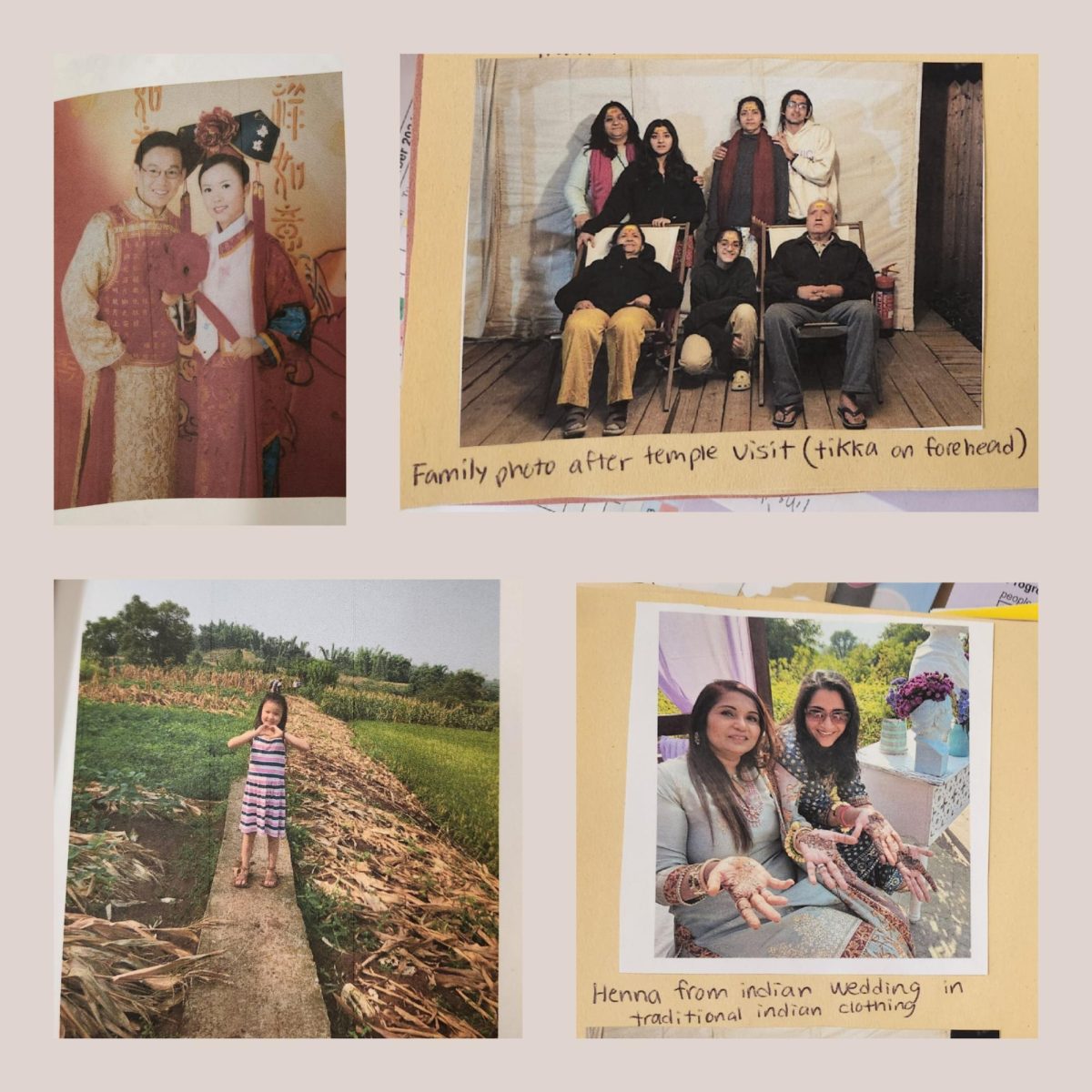No self-respecting literary blogger, librarian or high school English teacher has probably ever listed a dry, verbose home repair manual on their “Top Ten Must Reads” list, and for good reasons.
Too often they’re incredibly dense — chock-full of technical information — and they provide students with little to no opportunity for analysis or interpretation.
Although home repair manuals don’t exactly qualify as “page-turners” for most high school students and English teachers, the English department has seemed to gravitate away from nonfiction, with only AP Language and Composition (AP Lang) classes still maintaining significant and continuous exposure to nonfiction reading pieces. Students can still choose to read nonfiction in their own free time, but they lack the guidance of their teachers and insights of their peers outside the classroom.
But for students itching to learn nonfiction in English class before senior year, introducing more nonfiction to classes taken earlier such as English 10 may be their only solution.
Common Core standards adopted by California in 2009 called for an increase in nonfiction taught in classrooms, aiming for school curriculum to be 70 percent nonfiction and 30 percent fiction. However, at Saratoga High, most nonfiction reading is done in other subjects like history and science, not English, which for the most part is still largely dominated by fiction.
Nonfiction easily gets a bad reputation once it’s grouped in the same category as automobile manuals, but there’s specific merits to the genre in English classes that fiction fails to accomplish.
On an emotional level, some nonfiction can connect readers with the author better than most fictional books can. Students can easily dismiss fiction as “made-up” or “unrealistic,” trivializing the purpose of an author’s work. Conversely, nonfiction makes it much harder, if not impossible for readers to write off the very real experiences of authors as unauthentic without sounding callous.
After all, it’s a little hard to relate to the group of pig-worshipping British boys on a deserted island in William Golding’s “Lord of the Flies.” And no matter how spellbinding her novels can be, J.K. Rowling’s “Harry Potter” series lacks the sense of groundedness that’s in nonfiction works like Elie Wiesel’s “Night” and David Foster Wallace’s “Shipping Out.” While Rowling and Golding transport readers into fictitious worlds, Wiesel offers them a autobiographical retelling of the Holocaust from a first-person perspective and Wallace transforms his experience of living aboard a cruise ship into a moment of philosophical contemplation.
On a more educational level, nonfiction in English classes plays an integral role in education for students well beyond their four years in high school. According to a 2014 report by the National Association of Scholars, nonfiction works such as memoirs and essays account for 72 percent of college reading. Students who don’t choose AP Lang in their senior year are thrust head-first into a curriculum heavy on nonfiction when they enter college. Furthermore, the National Council for the Social Studies (NCSS) reports that reading nonfiction teaches students “information gathering and analysis, inquiry and critical thinking, communication, [and] data analysis.”
Nonfiction will also linger with students after their transition into the “real world” as adults, whether it’s through business reports or news. Only by being exposed to more nonfiction early on can students learn to sift through bias and “alternative facts” in a digital age when virtually any information can be found one click away.
Computer programming guides and home repair manuals will not top anyone’s must-read lists anytime in the near future, but it’s time that other forms of nonfiction such as memoirs and biographies, whose unique qualities aren’t found in any other genre, made their way into more English classes.

























